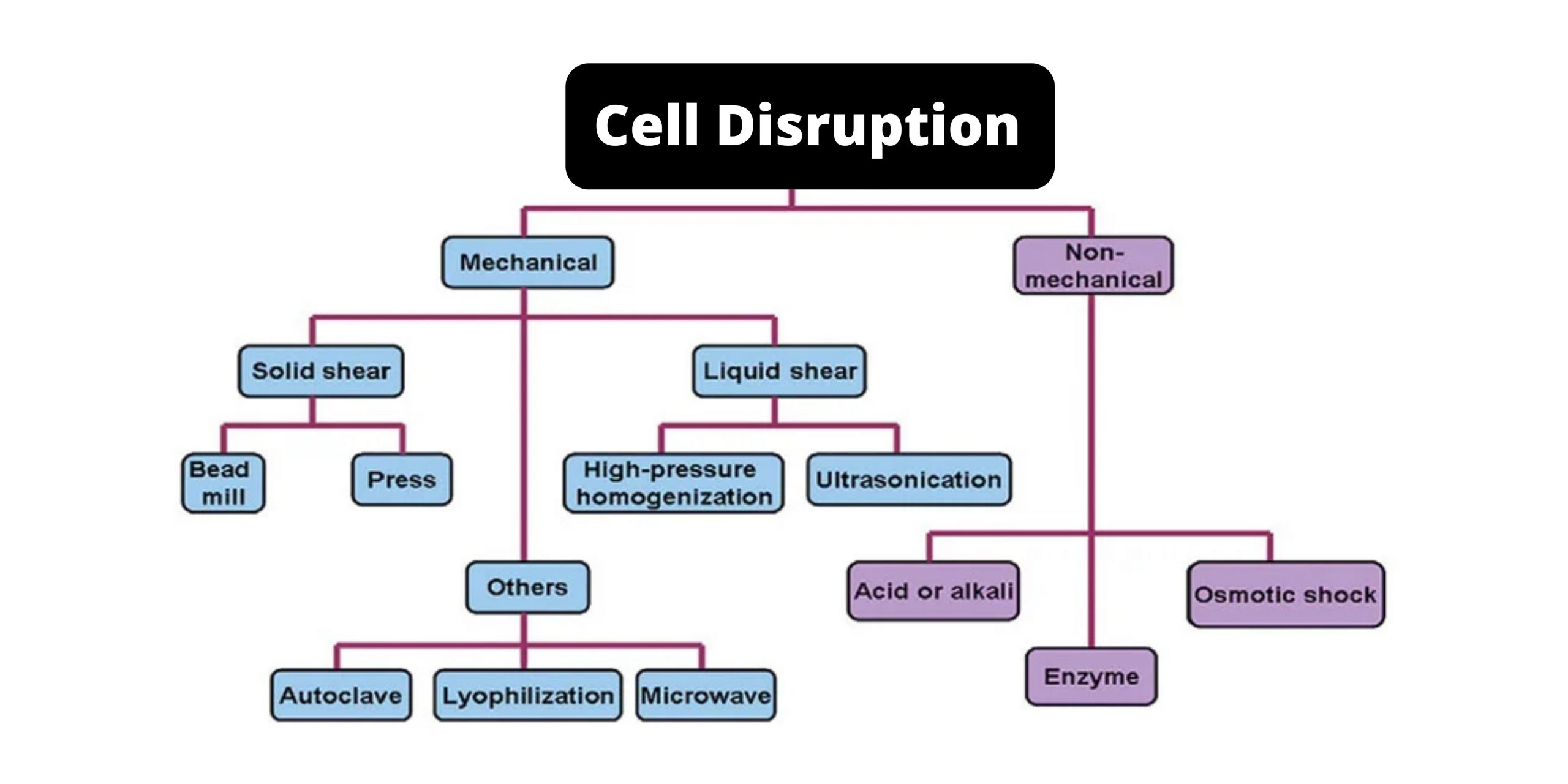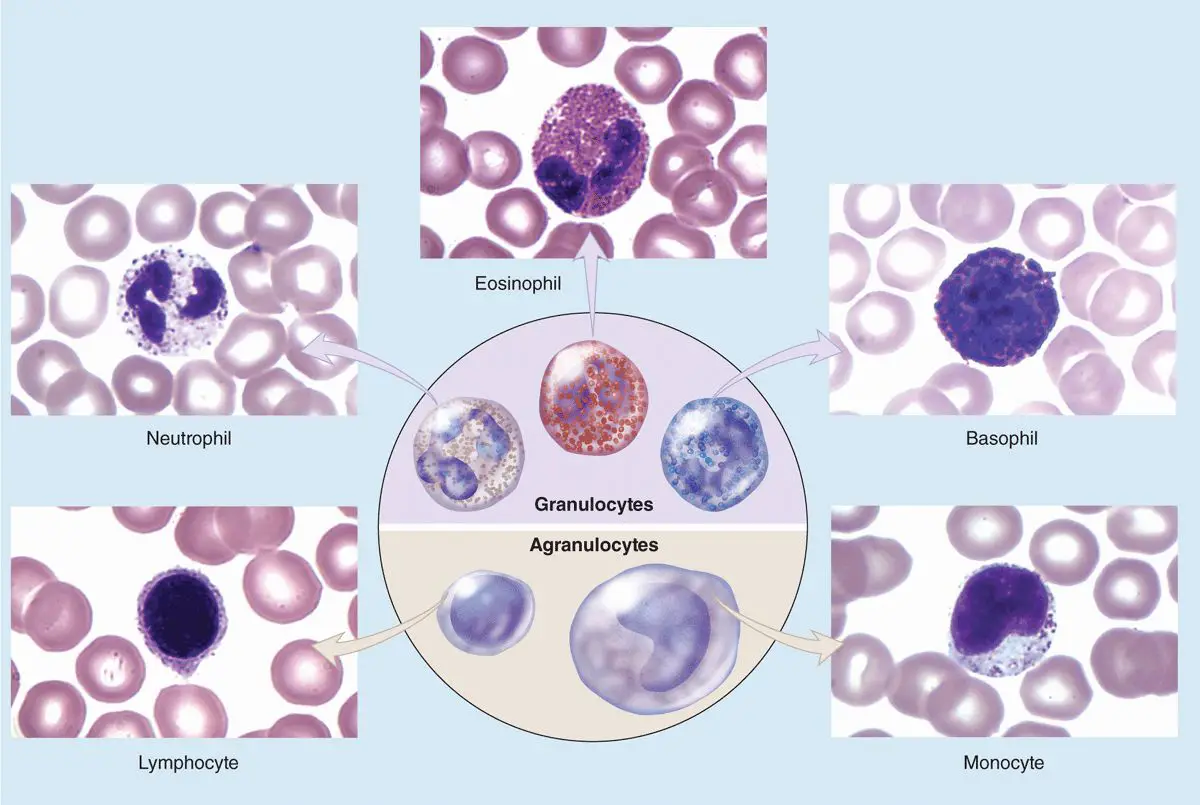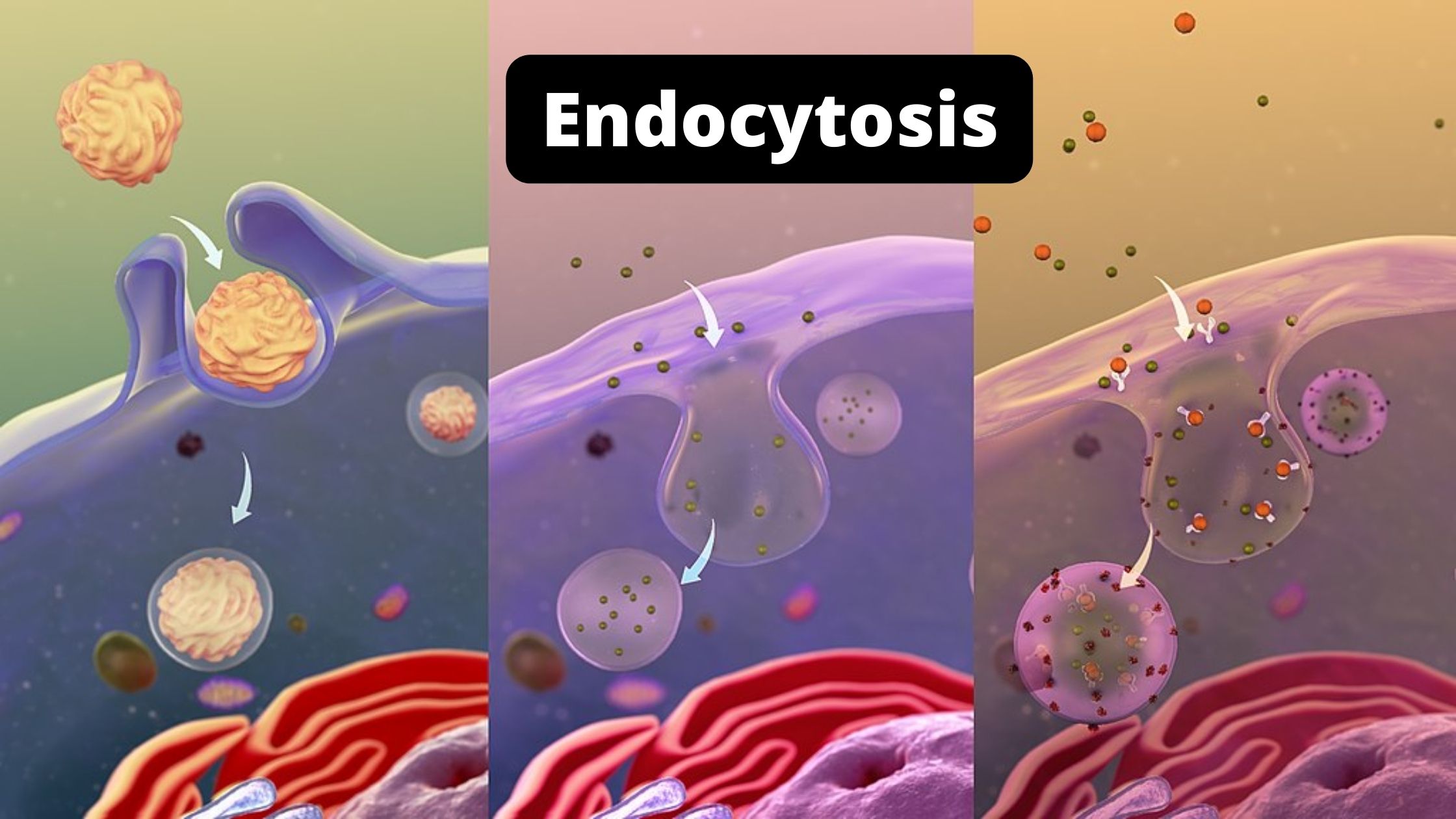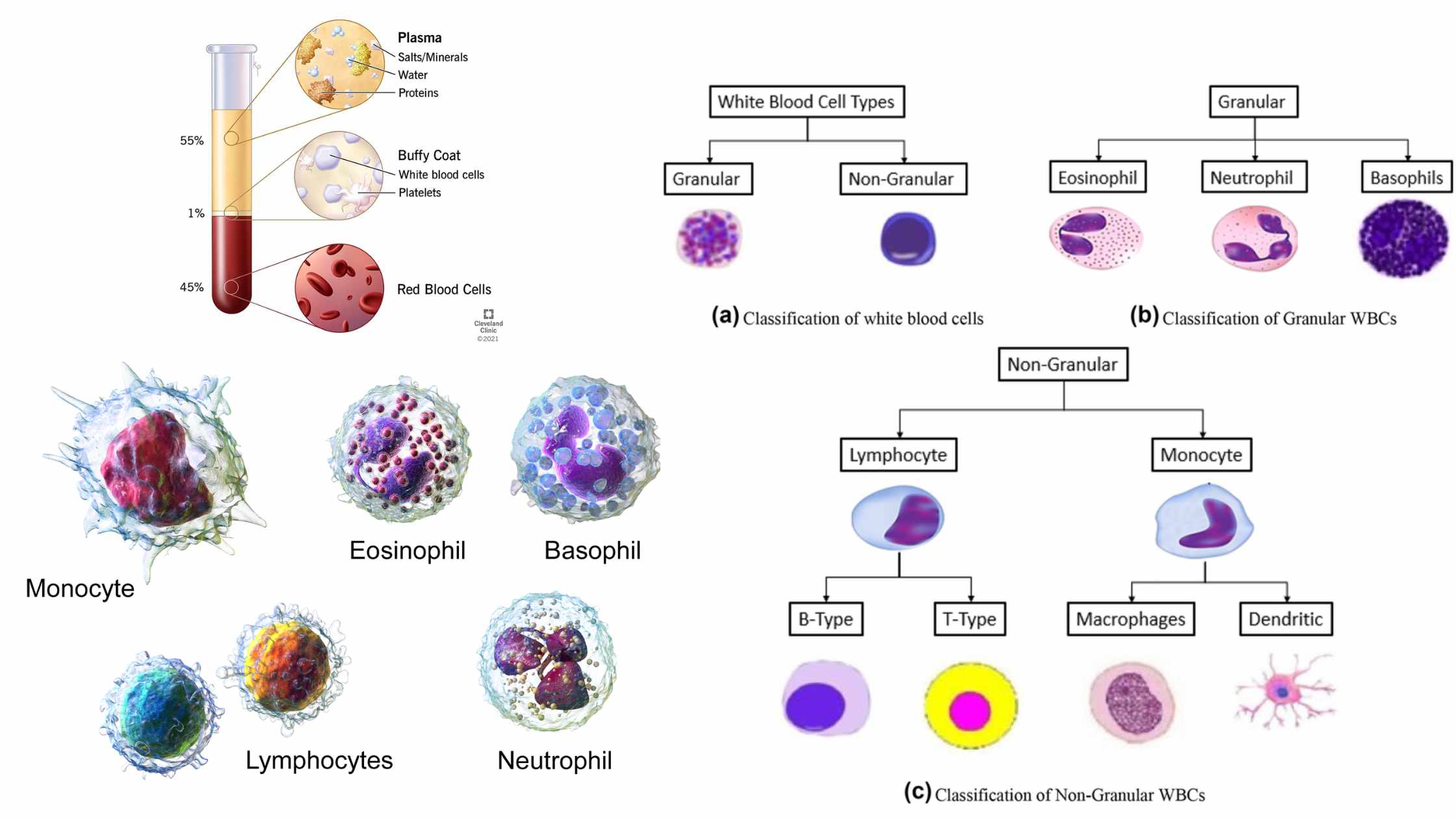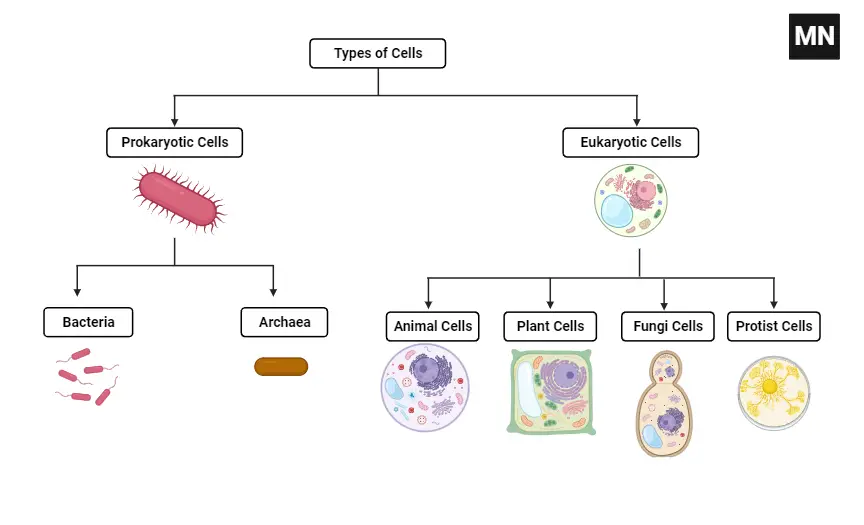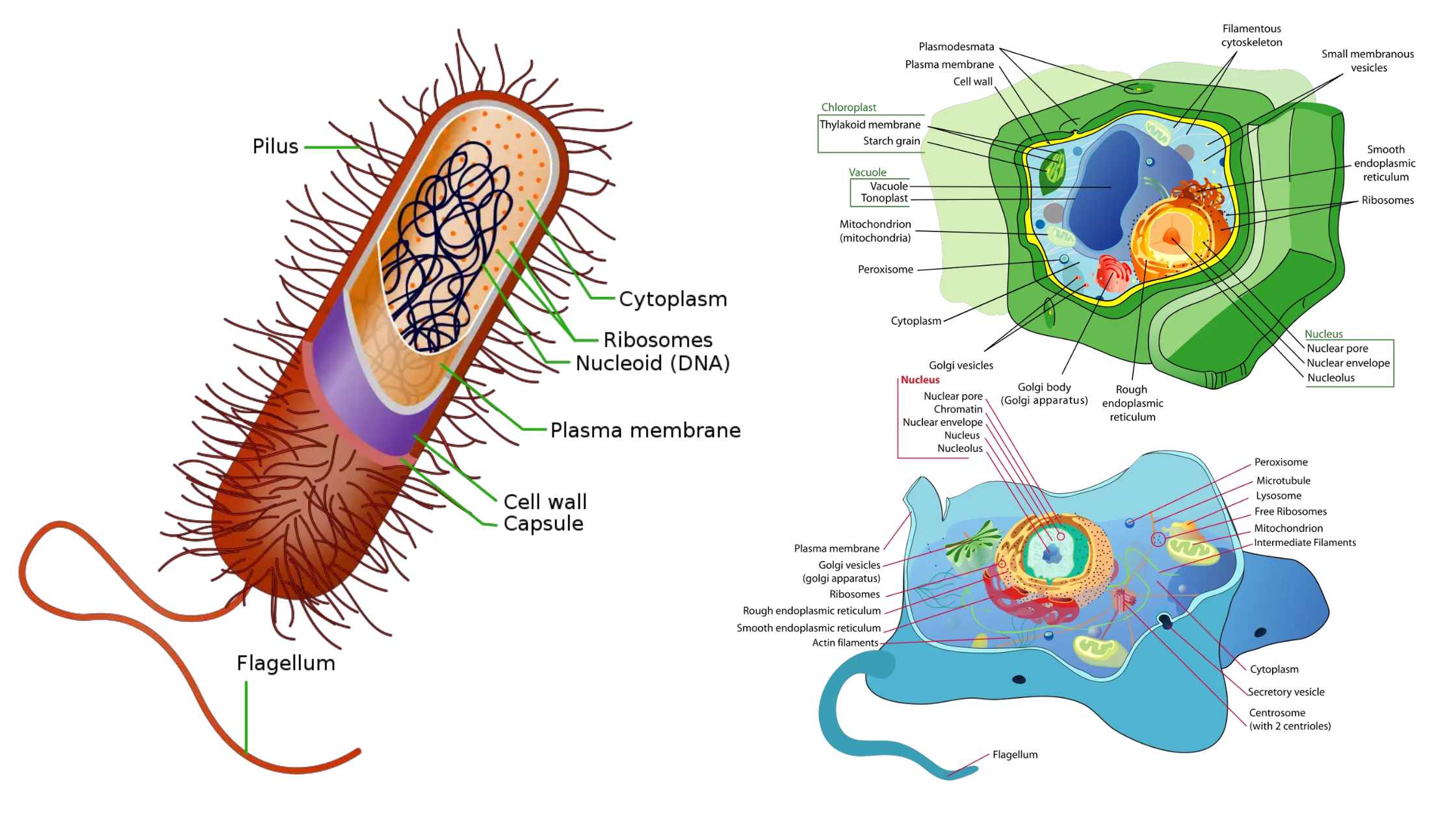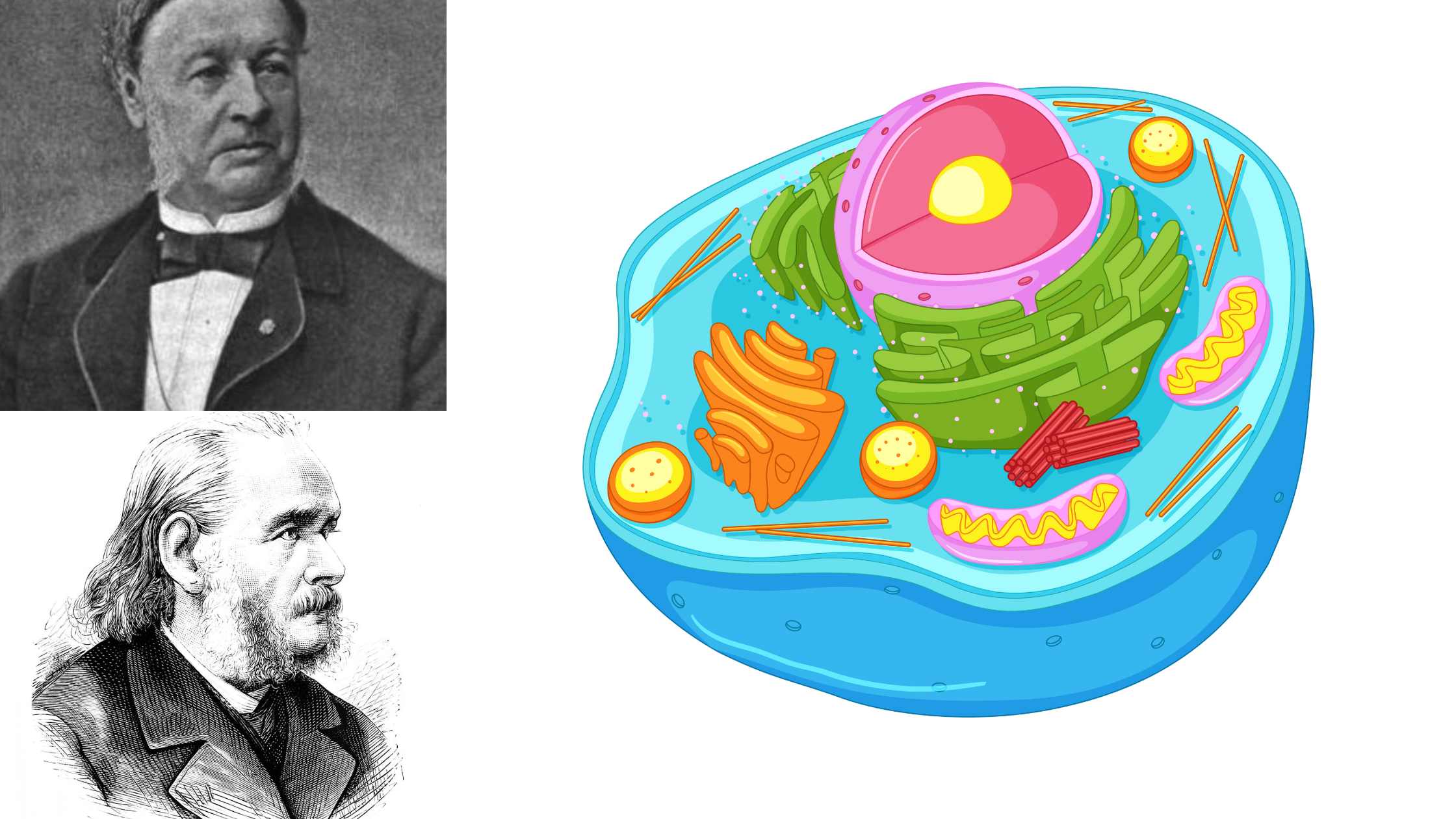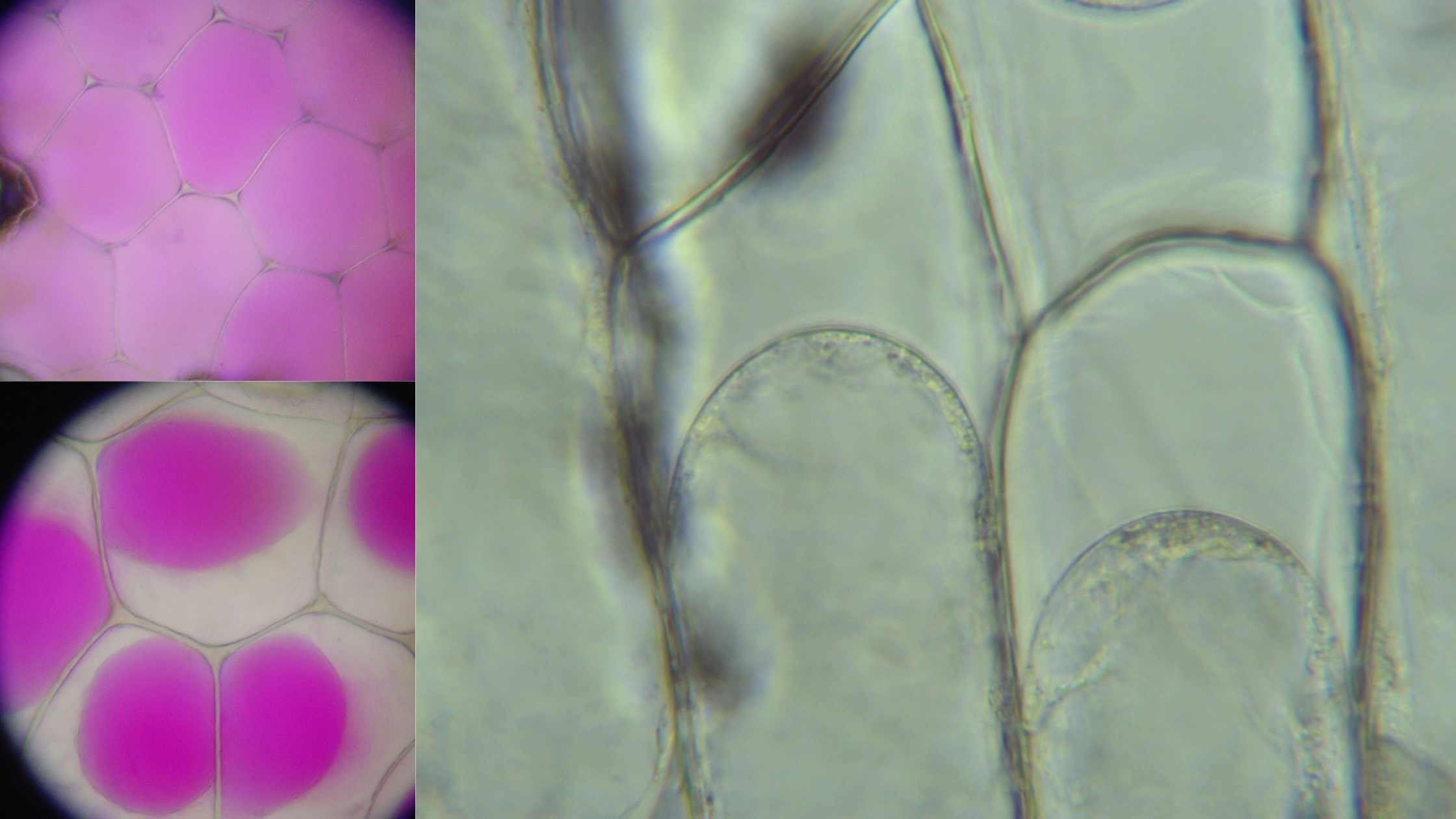Cell Disruption – Definition, Methods, Application
The term “cell disruption” refers to the method that allows intracellular fluid through methods that break the cell wall. The main goal of the process of cell disruption is gain intracellular fluid without altering its components. The method used can differ dependent on the type of cell as well as the structure of its cell wall.
